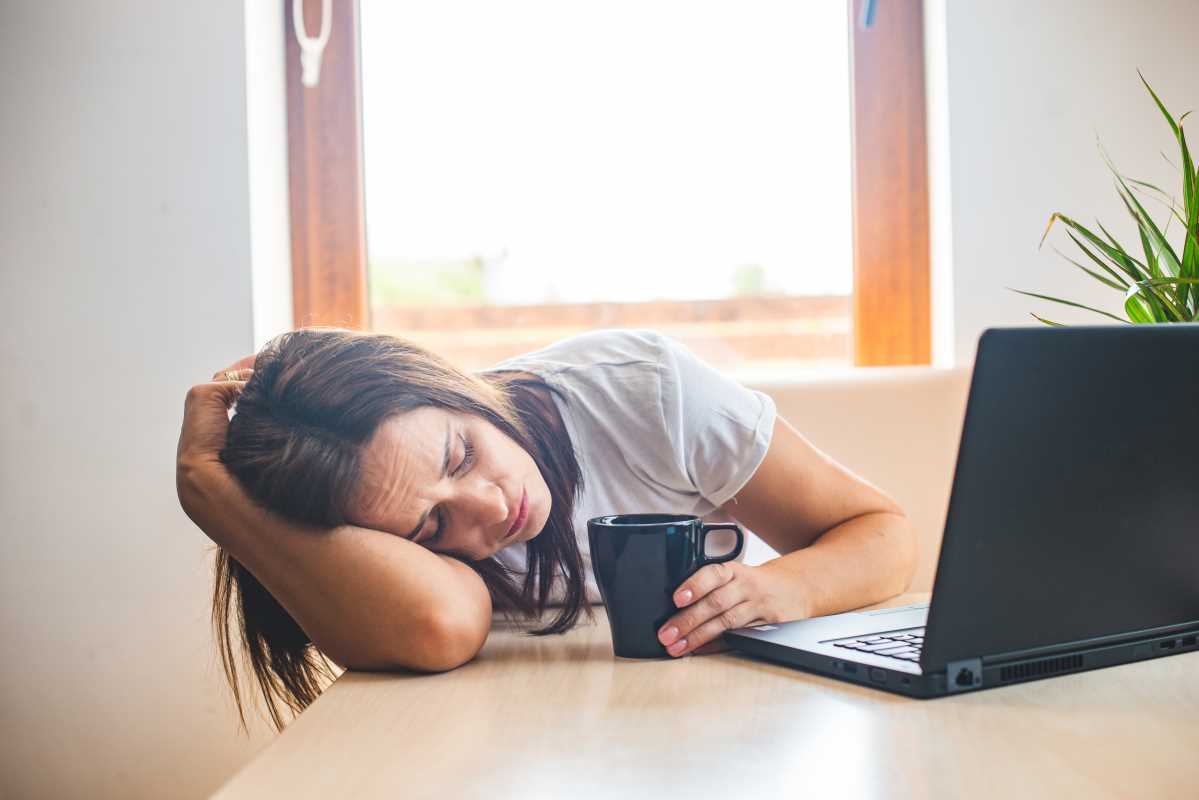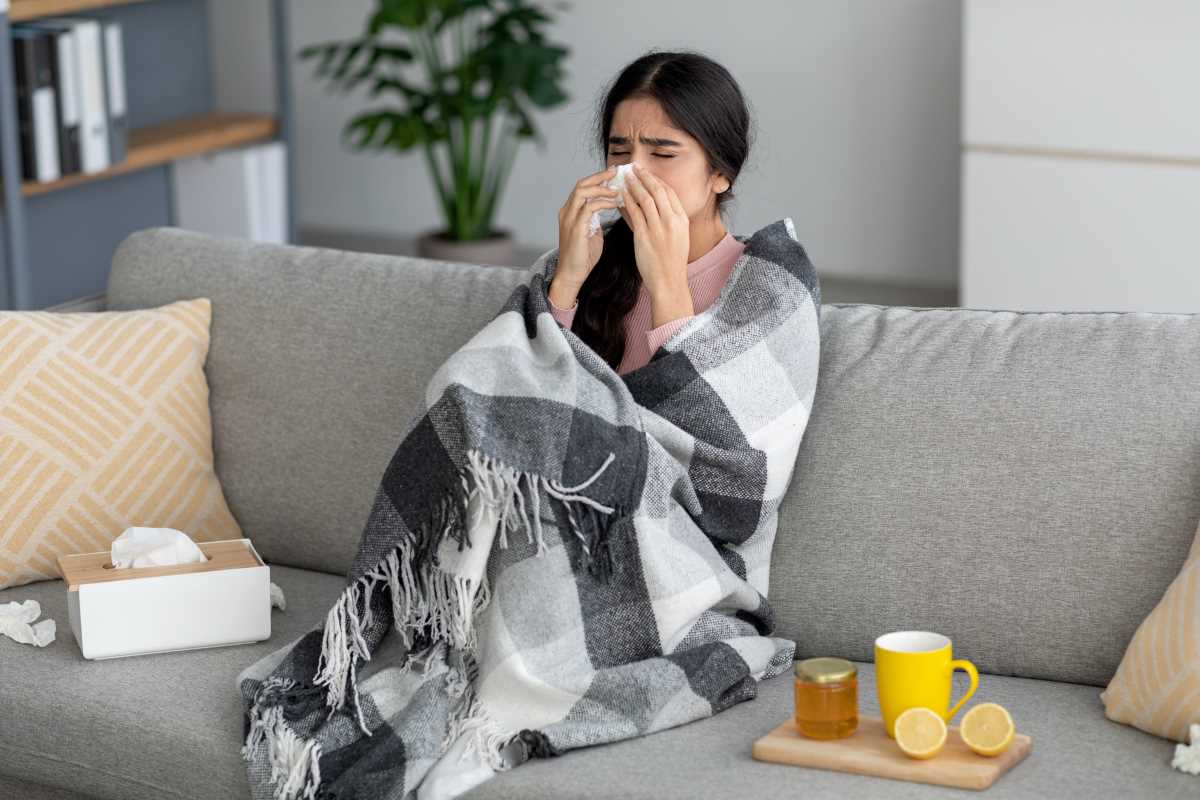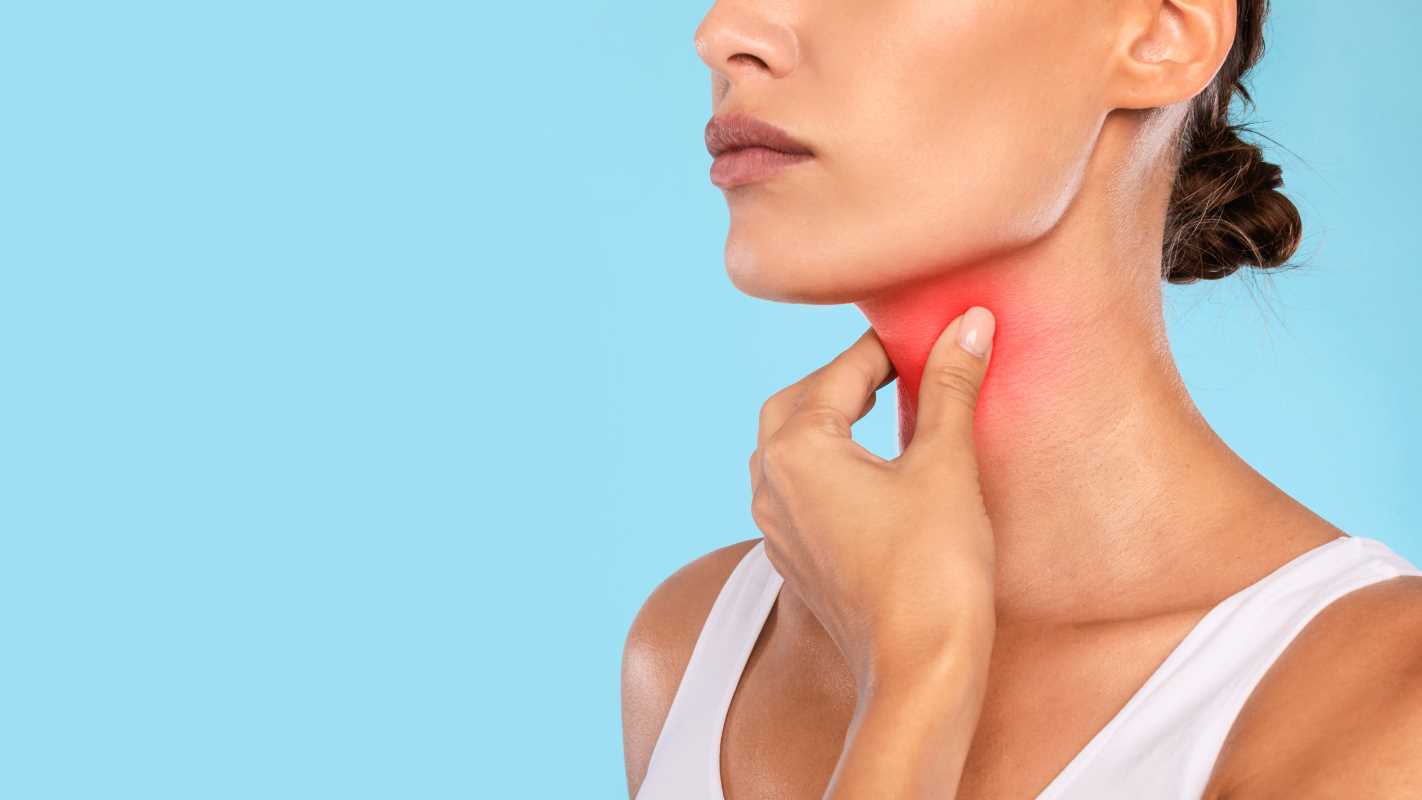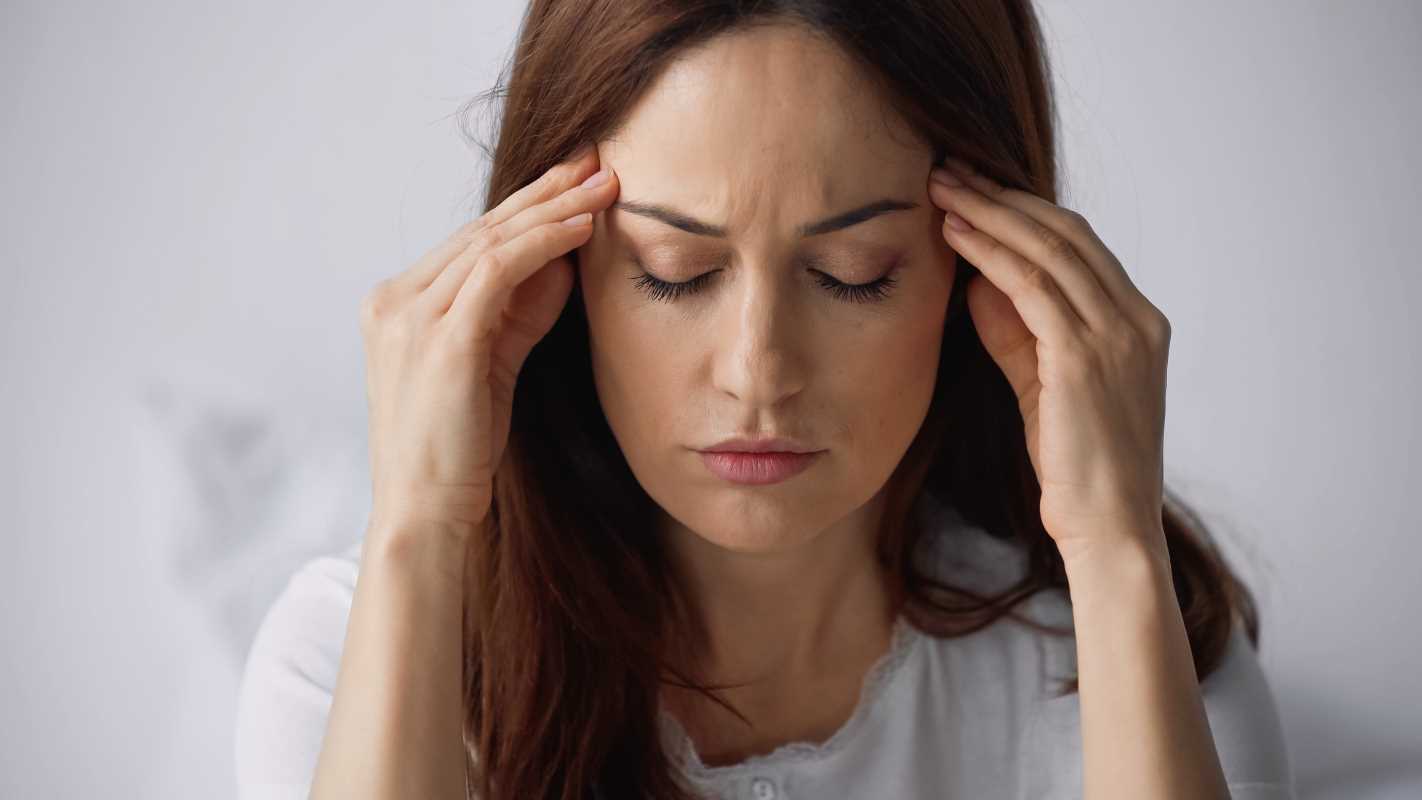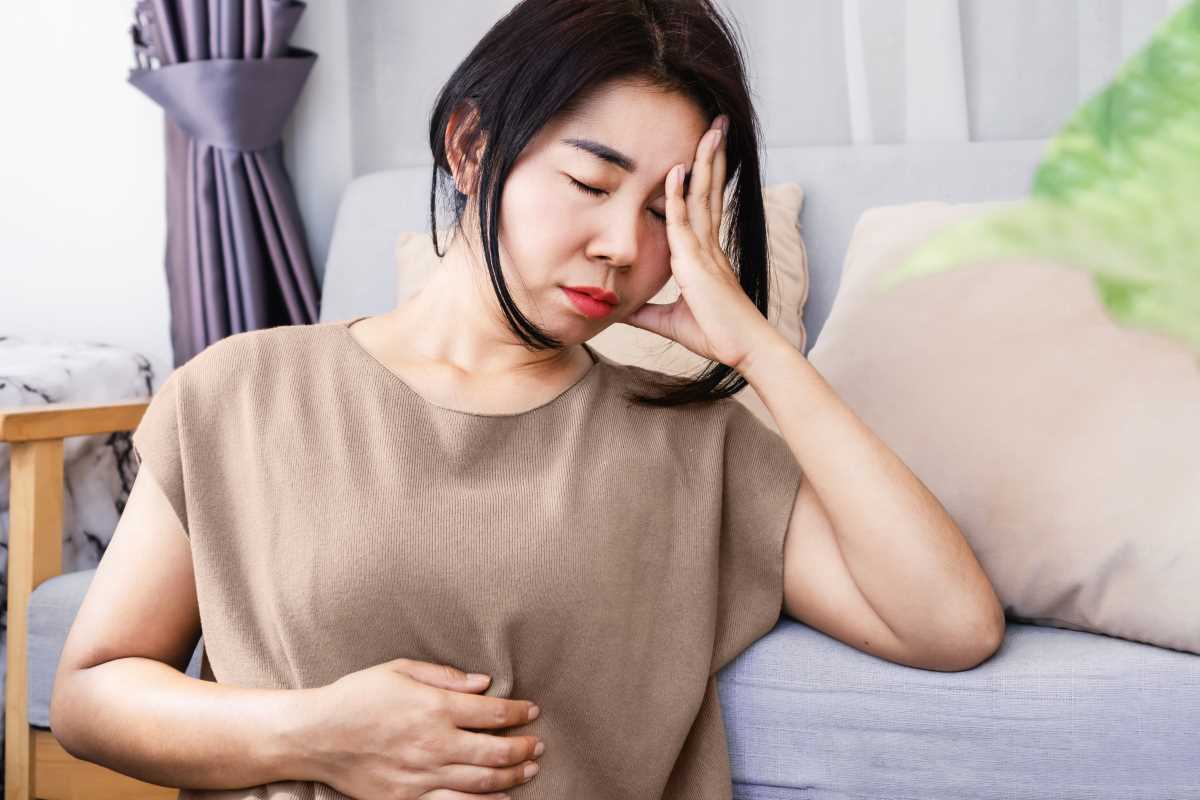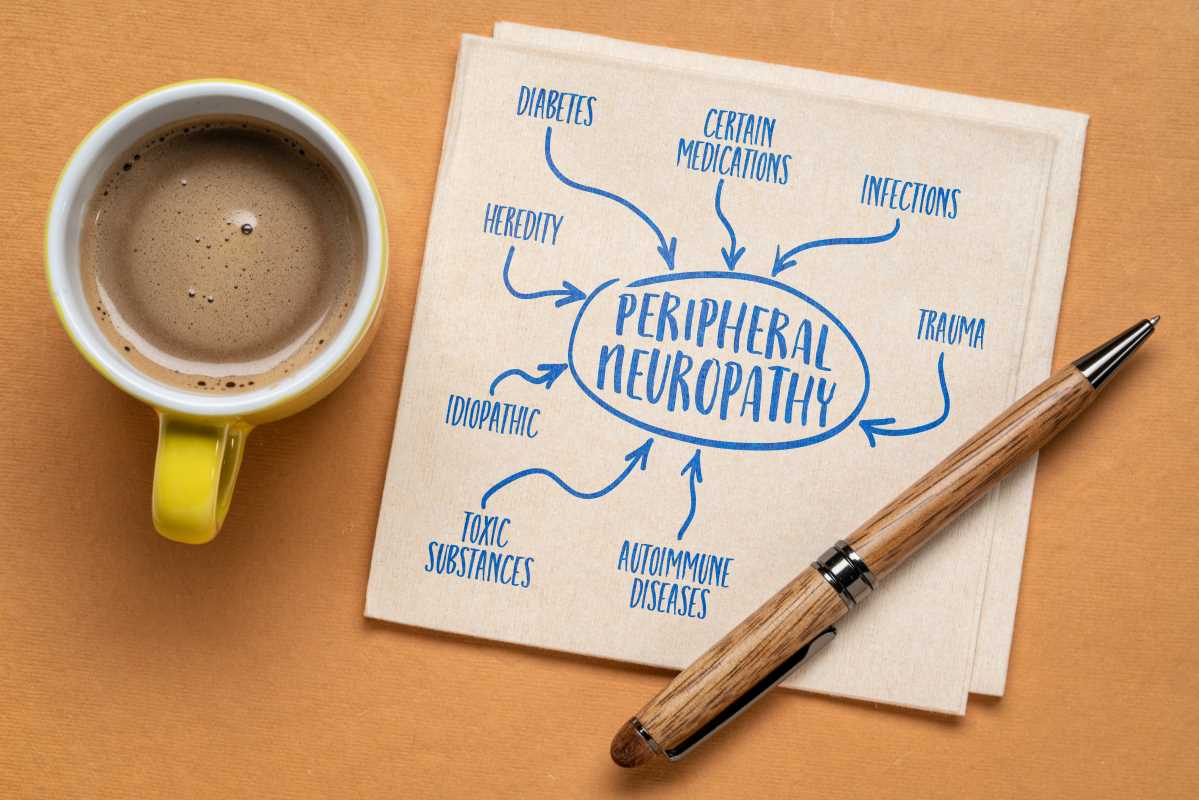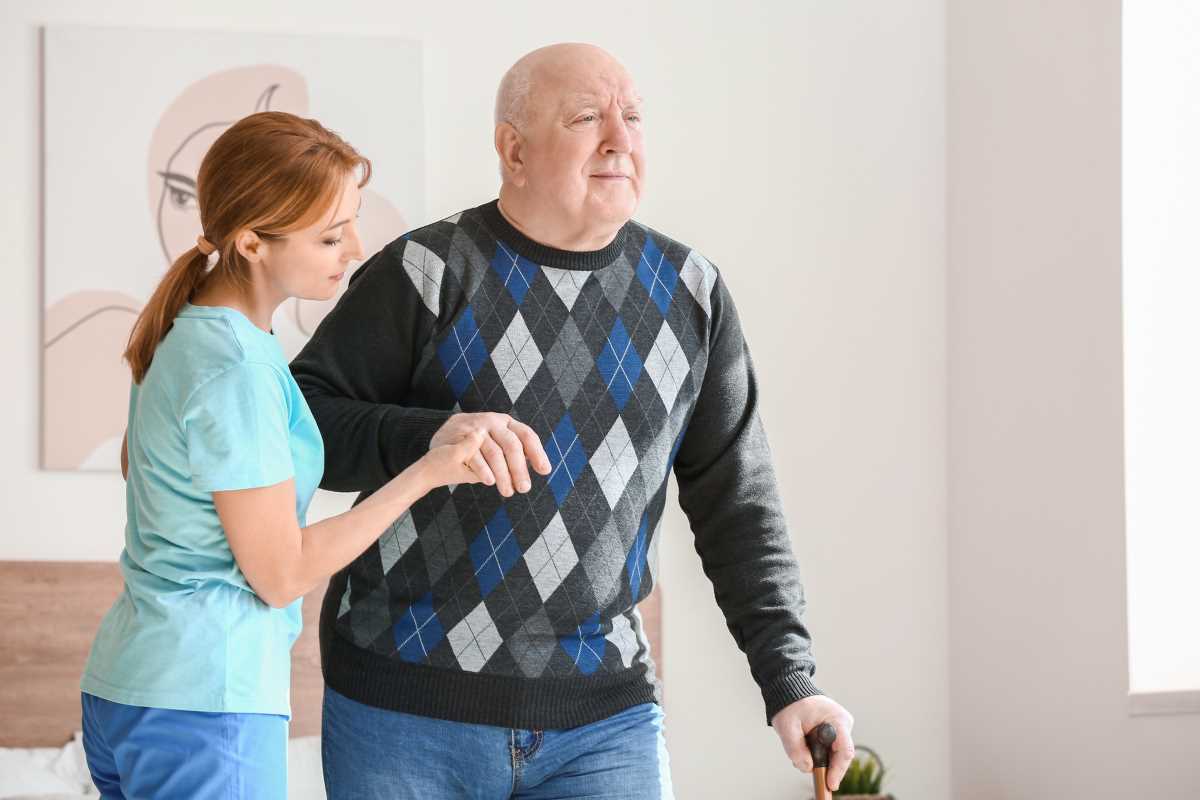When it comes to health, it’s easy to overlook issues that seem “just cosmetic.” Varicose veins often fall into this category. These swollen, twisted veins visible just beneath the skin can be unsightly and embarrassing, especially on the legs. But the truth is, varicose veins are not just about appearance. Left untreated, they can lead to discomfort, complications, and even more serious health issues.
Whether you’ve noticed them on yourself or someone else, it’s important to understand the causes, symptoms, and health risks associated with varicose veins. By gaining insight into this condition, you can take steps to manage and prevent it effectively.
What Are Varicose Veins?
Varicose veins are veins that have become enlarged, twisted, and often bulging. They typically have a blue or purple appearance and commonly show up on the legs and feet.
Veins are responsible for carrying blood back to the heart, working against gravity to keep everything flowing smoothly. Inside the veins are tiny valves that open and close to prevent blood from pooling or flowing backward. When these valves weaken or fail, blood can collect in the veins, causing them to become swollen and distorted.
While varicose veins are most often seen in the legs, they can also appear in other areas of the body. Over time, they can change from a minor annoyance to a more serious medical issue.
Causes of Varicose Veins
A variety of factors can contribute to the development of varicose veins. These often include both genetic and lifestyle-related causes.
Common Causes
- Weak or Damaged Valves: The primary cause of varicose veins is malfunctioning valves in the veins, which allow blood to flow backward and pool.
- Age: Aging naturally breaks down the structure of veins, increasing the likelihood of valve failure.
- Heredity: Varicose veins tend to run in families. If your parents had them, you’re more likely to develop them too.
- Pregnancy: Increased blood flow and pressure during pregnancy can cause veins to enlarge. Hormonal changes can also play a role.
- Prolonged Standing or Sitting: Jobs that require long periods of standing or sitting, such as retail or office work, increase pressure in leg veins.
- Obesity: Extra weight adds pressure to the veins, making it harder for blood to flow properly.
By identifying what causes varicose veins in your case, you can take targeted steps to reduce your risk.
Symptoms of Varicose Veins
Recognizing the symptoms of varicose veins helps you identify the condition early and take action.
Physical Signs
- Visible Swollen Veins: Bulging, rope-like veins that are blue or purple in color.
- Swelling in the Legs or Ankles: Often more noticeable after standing for extended periods.
- Skin Discoloration: Dark or reddish patches around the affected veins.
Sensations in the Affected Area
- Aching or Heaviness: A dull ache or feeling of heaviness in the legs, especially at the end of the day.
- Itching Around the Veins: Irritation or itching in the skin near varicose veins.
- Cramps or Throbbing: Sudden, sharp pains or cramping, particularly at night.
Potential Health Risks
Many people think of varicose veins as a harmless cosmetic issue, but they can signal underlying health problems. Here are some risks associated with untreated varicose veins.
1. Chronic Venous Insufficiency (CVI)
CVI occurs when veins are unable to pump blood efficiently over a long period. This can cause swelling, pain, and skin changes that worsen over time.
2. Blood Clots
Varicose veins increase your risk of blood clots, particularly in deeper veins, a condition known as deep vein thrombosis (DVT). DVT can be life-threatening if the clot travels to the lungs.
3. Skin Ulcers
When blood pools in the veins for too long, it can lead to skin breakdown and ulcers. These sores are painful and can take a long time to heal.
4. Bleeding
The veins can become so swollen that they rupture, leading to minor bleeding under the skin or even significant blood loss if left untreated.
Treating varicose veins early can reduce the risk of these complications and help you maintain better overall health.
Treatment Options
Fortunately, there are many ways to treat varicose veins, ranging from home remedies to medical procedures.
Self-Care at Home
- Compression Stockings: These special socks improve circulation by providing gentle pressure to your legs, reducing pain and swelling.
- Elevate Your Legs: Raising your legs above heart level helps blood flow back toward the heart, reducing pressure in the veins.
- Exercise Regularly: Physical activity, like walking or cycling, improves blood flow and supports healthy vein function.
Medical Treatments
When self-care isn’t enough, a doctor may recommend one of these procedures:
- Sclerotherapy: A medical treatment where a saline or chemical solution is injected into the vein, causing it to scar and close.
- Laser Therapy: Non-invasive light energy seals off smaller varicose veins or spider veins.
- Vein Stripping or Ligation: A surgical procedure that removes or ties off large varicose veins.
- Endovenous Ablation Therapy: A heat-based treatment that uses lasers or radiofrequency waves to close off problematic veins.
Each treatment option comes with its pros and cons, so it’s important to discuss them with your doctor to find out what’s best for you.
Tips for Prevention
While some risk factors, like genetics, are out of your control, there are still steps you can take to reduce the chances of developing varicose veins.
- Stay Active: Regular exercise strengthens your legs and improves circulation.
- Take Breaks from Sitting or Standing: If you work at a desk or on your feet all day, try to change positions frequently.
- Watch Your Weight: Maintaining a healthy weight reduces strain on your veins.
- Wear Comfortable Shoes: Avoid high heels and opt for supportive footwear that doesn’t strain your feet.
- Eat a Healthy Diet: A diet rich in fruits, vegetables, and fiber supports circulation and reduces swelling.
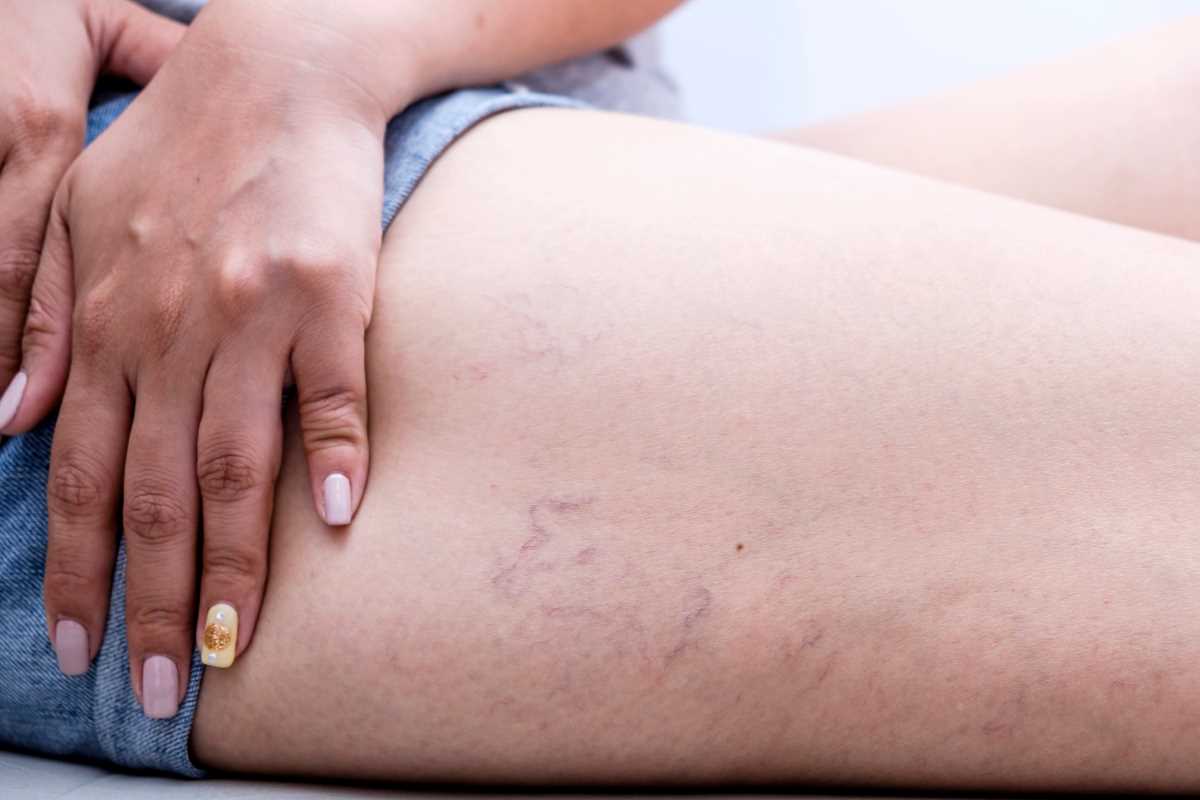 (Image via
(Image via